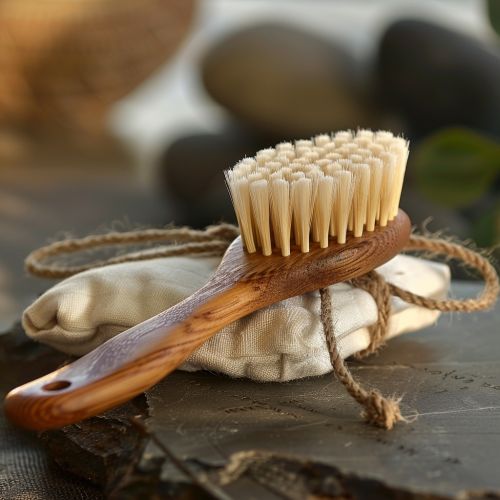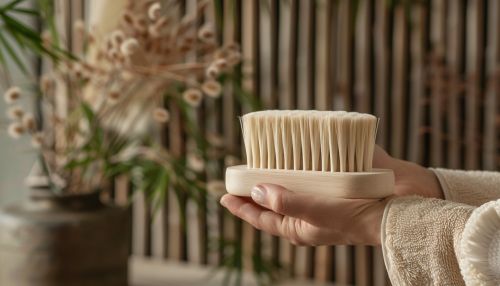Brush
History
Brushes have been used by mankind for thousands of years, with the earliest evidence of their use dating back to prehistoric times. Archaeological findings suggest that early humans used brushes made from animal hair or plant fibers for grooming and cleaning purposes. The ancient Egyptians are known to have used brushes for various purposes, including the application of cosmetics and the cleaning of their teeth. The Romans also used brushes for personal hygiene and for cleaning their homes and public spaces.
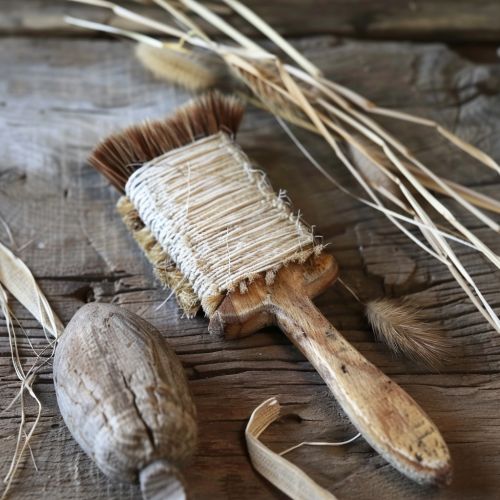
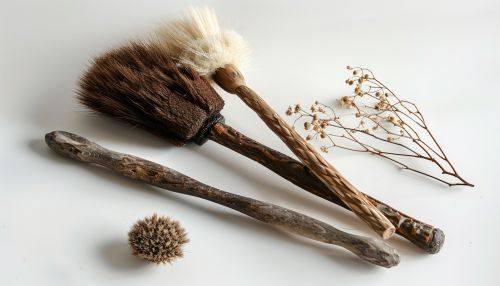
Types of Brushes
There are countless types of brushes, each designed for a specific purpose. These can be broadly categorized into three types: cleaning brushes, grooming brushes, and artistic brushes.
Cleaning Brushes
Cleaning brushes are used to remove dirt, dust, and other unwanted particles from surfaces. These include brooms, scrub brushes, and toothbrushes. Brooms are typically used for cleaning floors, while scrub brushes are used for tougher cleaning tasks, such as removing stubborn stains or grime. Toothbrushes, on the other hand, are used for maintaining oral hygiene.
Grooming Brushes
Grooming brushes are used for personal care and beauty purposes. These include hairbrushes, makeup brushes, and shaving brushes. Hairbrushes are used to detangle and style hair, while makeup brushes are used to apply cosmetics. Shaving brushes are used to apply shaving cream or soap to the face before shaving.
Artistic Brushes
Artistic brushes are used for painting and other artistic endeavors. These include paintbrushes, calligraphy brushes, and makeup brushes. Paintbrushes are used to apply paint to a surface, while calligraphy brushes are used for writing or painting characters in East Asian calligraphy. Makeup brushes, in this context, are used by makeup artists for creative makeup applications, such as special effects makeup.
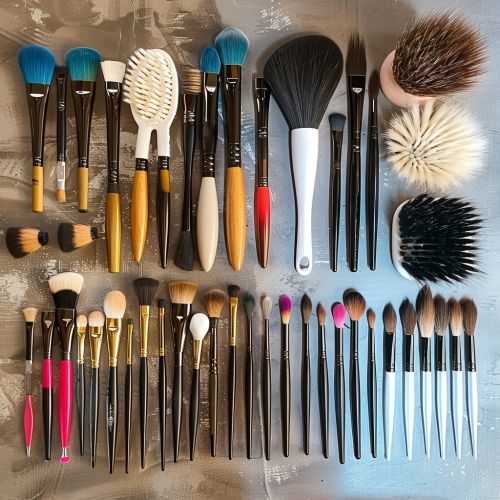
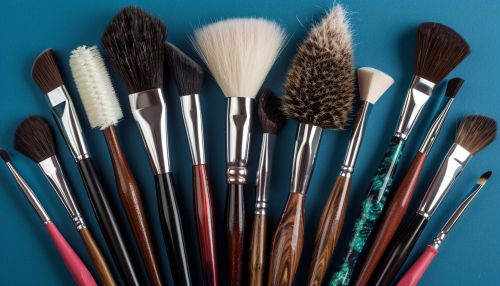
Materials
Brushes are typically made from two main components: the bristles and the handle. The materials used for these components can greatly affect the brush's performance, lifespan, and cost.
Bristles
Bristles can be made from natural or synthetic materials. Natural bristles are often made from animal hair, such as hog, sable, or squirrel hair. These bristles are typically more expensive and are prized for their ability to hold and distribute paint evenly. Synthetic bristles, on the other hand, are made from man-made materials such as nylon or polyester. These bristles are typically more durable and less expensive than natural bristles, making them a popular choice for many types of brushes.
Handles
Handles can also be made from a variety of materials, including wood, plastic, and metal. Wood handles are often used for high-quality brushes due to their durability and comfortable grip. Plastic handles are typically less expensive and are lightweight, making them a popular choice for disposable or low-cost brushes. Metal handles are often used for brushes that need to withstand heavy use or harsh conditions, such as industrial cleaning brushes.
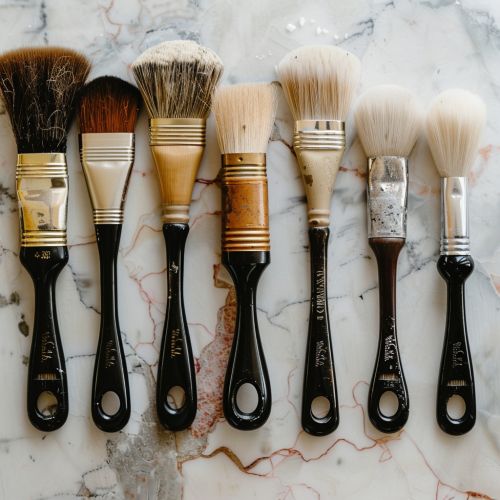
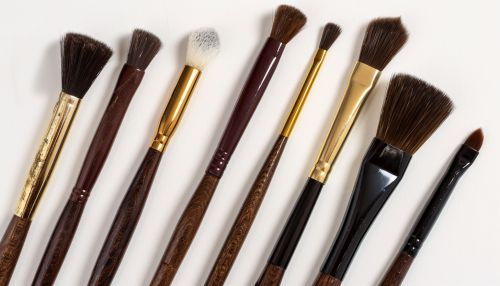
Manufacturing Process
The manufacturing process of brushes can vary greatly depending on the type of brush and the materials used. However, the basic process typically involves the following steps:
1. Bristle Preparation: The bristles are cleaned, sorted, and cut to the desired length. 2. Handle Preparation: The handle is shaped, sanded, and finished to the desired specifications. 3. Bristle Insertion: The bristles are inserted into the handle, either by hand or using a machine. 4. Trimming: The bristles are trimmed to the desired shape and length. 5. Quality Control: The finished brushes are inspected for defects and tested for performance.
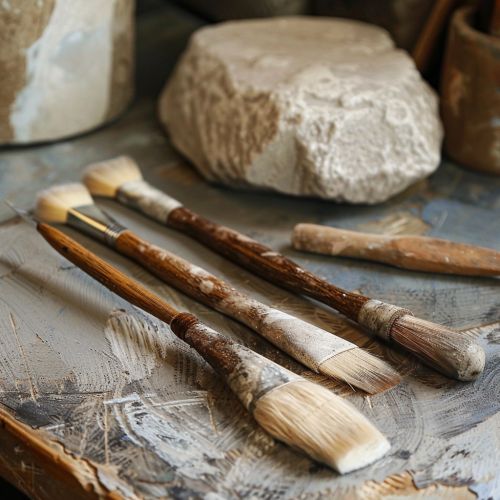
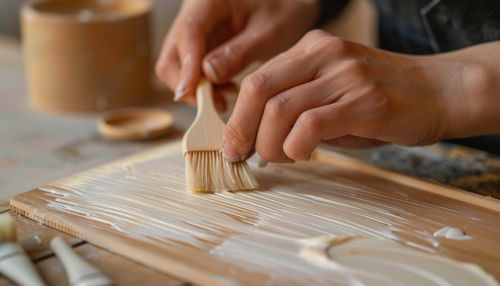
Uses
Brushes are used in a wide variety of fields and industries. In addition to their use in cleaning, grooming, and art, brushes are also used in medicine, archaeology, and many other fields. For example, in medicine, brushes are used for specimen collection and in surgical procedures. In archaeology, brushes are used to carefully remove dust and debris from artifacts.
Environmental Impact
The production and disposal of brushes can have a significant environmental impact. The manufacturing process can produce waste and pollution, and the materials used in brushes, particularly plastic, can contribute to environmental degradation. However, many companies are now producing eco-friendly brushes made from sustainable materials and using environmentally-friendly manufacturing processes.
